There was much excitement in Istanbul on Saturday, October 15th, 1869. The city had been in exuberant anticipation of the visit of Sultan Abdülaziz‘s (r. 1861-1876) renowned guest for a long time. The much awaited Empress Eugénie of France had arrived in Istanbul two days earlier, on October 13th, 1869. She was the wife of Emperor Napoleon III and had met the Sultan in 1867 when he visited France as a part of his tour in Europe. While historians are reluctant to acknowledge the much talked about love affair between the Empress and the Sultan, it was evident that she was a very special guest for Sultan Abdülaziz. The preparations had started well in advance.
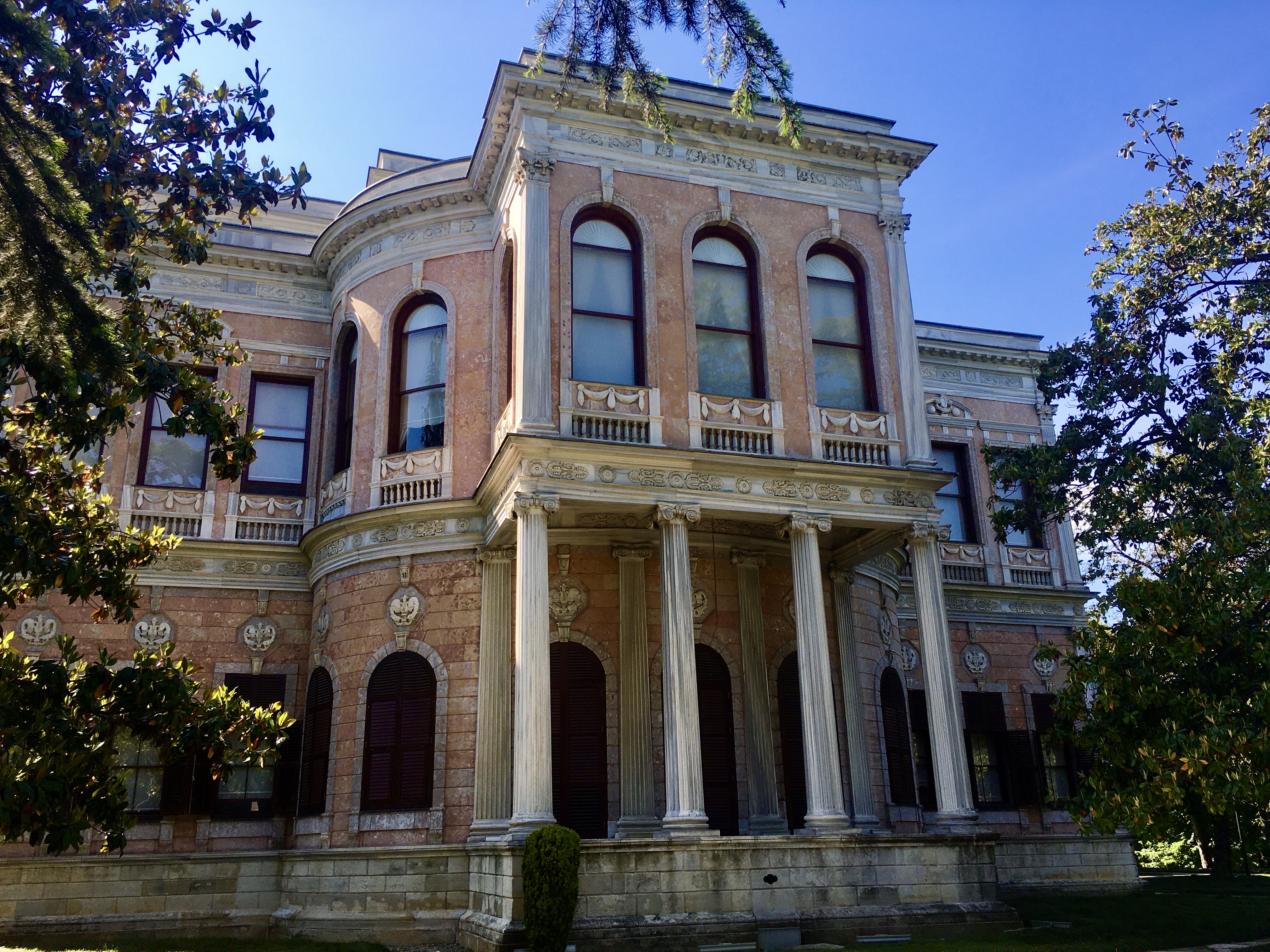
Empress Eugénie was on her way to the inauguration of the Suez Canal and had taken the opportunity to repay the Sultan’s earlier visit to Paris. She arrived in Istanbul on the French imperial yacht, L’aigle (meaning eagle in English). The Sultan went to meet the Empress on an imperial caique with 12 pairs of oars while she was welcomed with a 101-gun salute. (For more information about Ottoman imperial caiques, you can access the post The Naval Museum by clicking on the link.) The Empress was then taken to the Beylerbeyi Palace by the Bosphorus, on the Asian side, where she was hosted in room number 24. (You can click on the link for more information about this palace.)
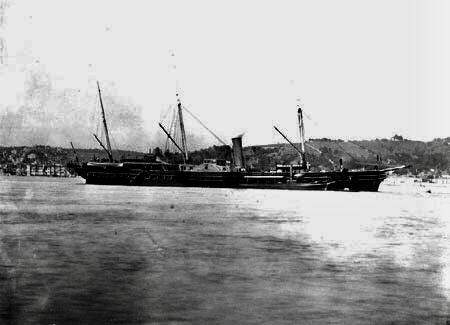
Two days later, Sultan Abdülaziz gave a sumptuous banquet in honour of the beautiful Empress Eugénie at the Mecidiye Pavilion in Beykoz, which was farther north from the Beylerbeyi Palace. The pavilion was one of the summer retreats that the Sultan was fond of during summers. He liked the view of the Bosphorus from the Mecidiye Pavilion. He also hunted in the vicinity of the village named Tokat that was close by.
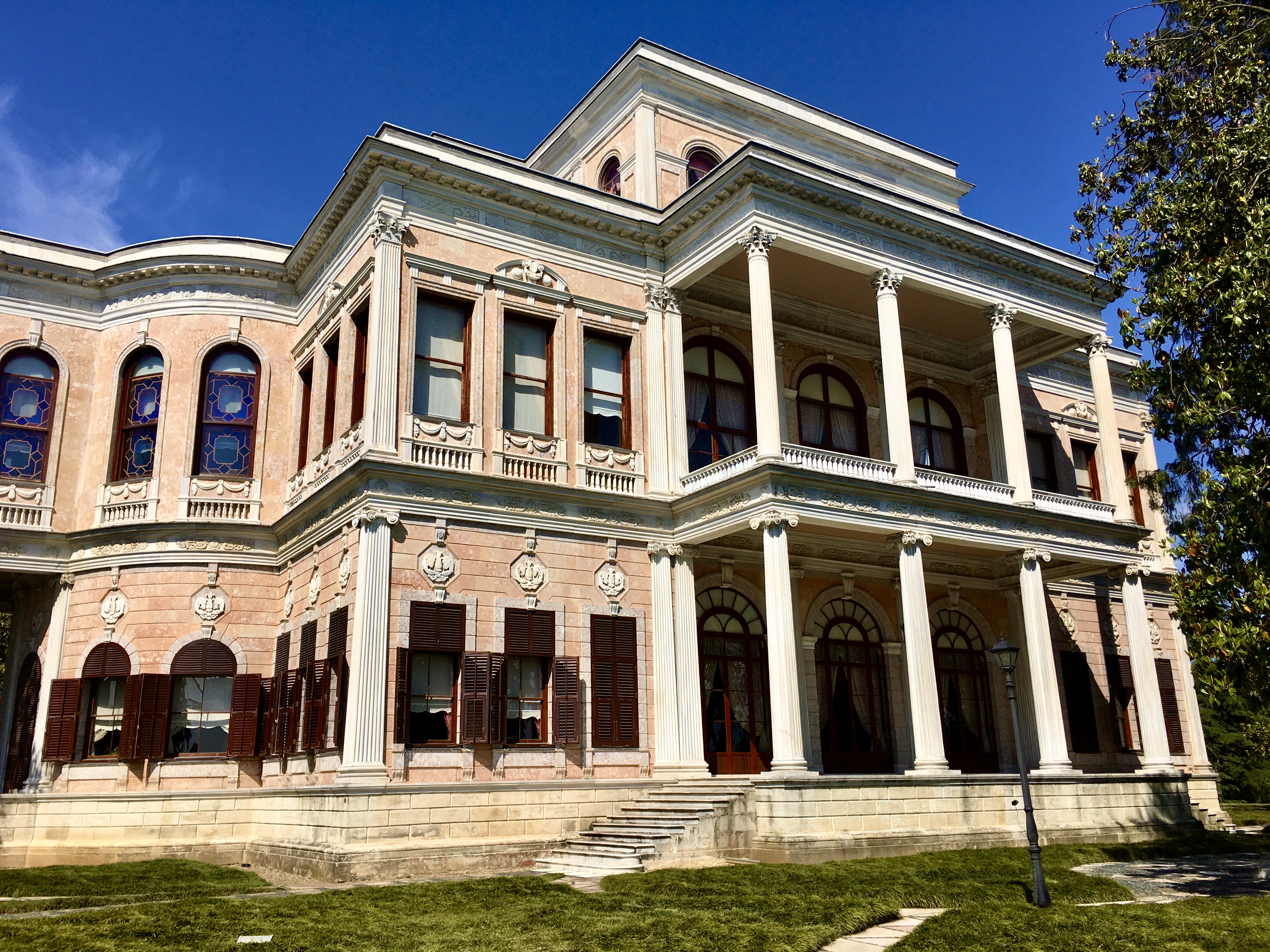
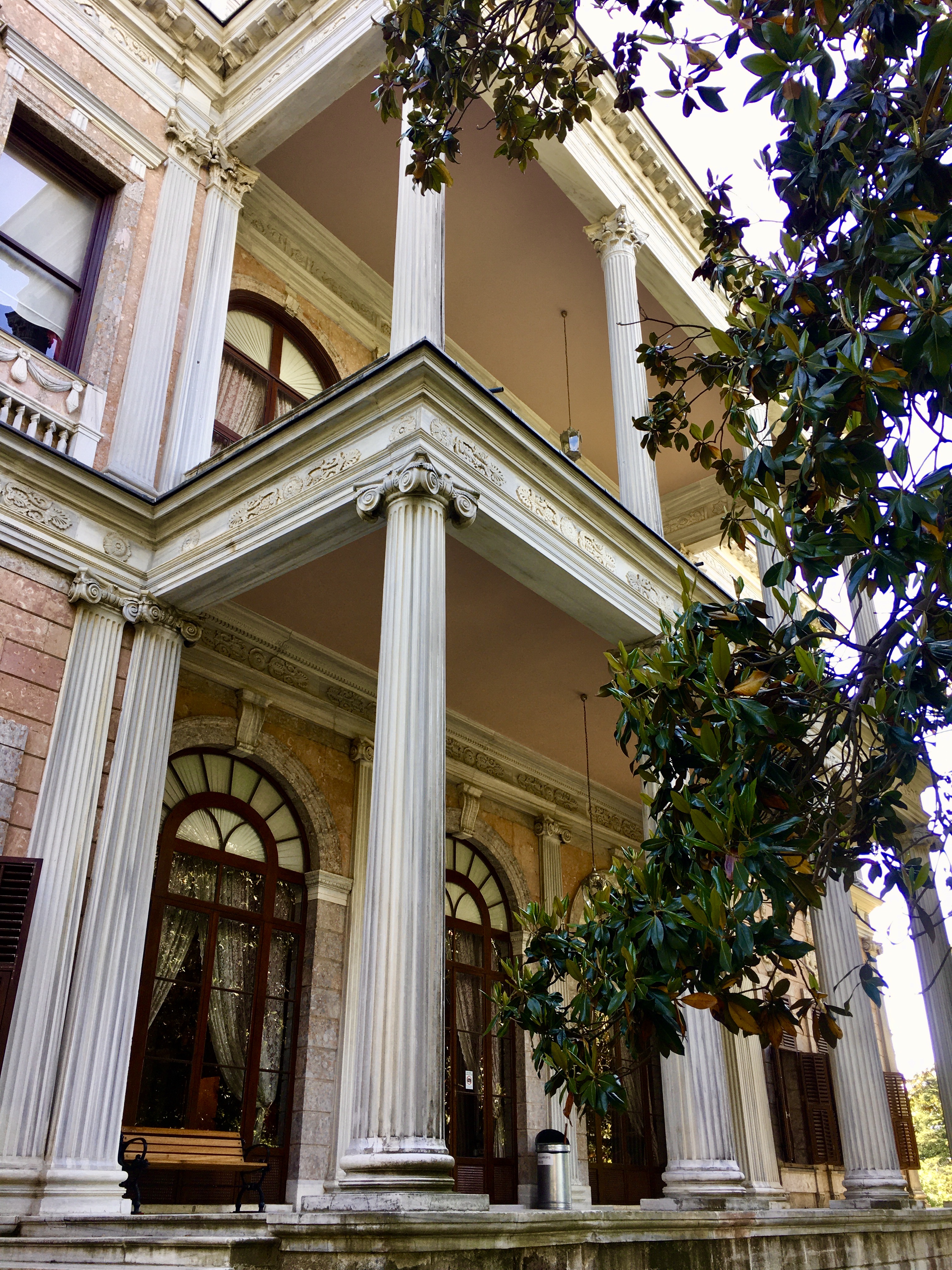
Following the feast, Eugénie and Abdülaziz took a six-horse sultanate carriage to go to an Arab style pavilion that had been built for the occasion on the Beykoz meadow nearby. The now non-existent ornate pavilion had a centre part where the Sultan and his high level guests were seated. The flanks on the right and left were reserved for the state officials and the foreign ambassadors. Local people from all over Istanbul flocked to the area by land and sea to watch the festivities and to catch a glimpse of the Empress. All the main roads were decorated with French and Turkish flags. There was a grand military procession after which traditional wrestling competitions were held on the meadow. Being a wrestler himself, the Sultan always had a special interest in wrestling and competitions were frequently organised on the Beykoz meadow under normal circumstances as well.
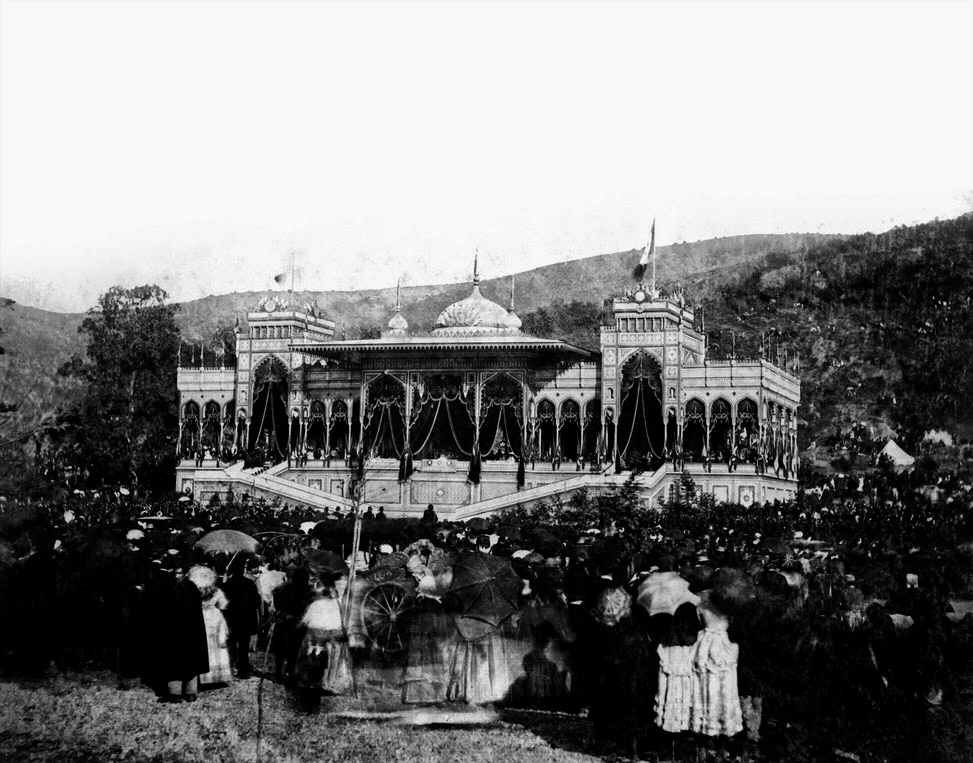
The Mecidiye Pavilion has survived to this date even though it was later put to public service and was used somewhat unwarily. The building is older than the 19th century Ottoman palaces Dolmabahçe and Beylerbeyi. It is in fact, the first modern style imperial stone structure that was built by the Bosphorus. As the name Mecidiye implies, the building was built at the time of Sultan Abdülmecid (r. 1839-1861). (Similarly, any monument, mosque, coin or even a certain piece of attire such as a fez that is called Aziziye or Hamidiye means that they belonged to the eras of Sultan Abdülaziz or Sultan Abdülhamid II respectively.)
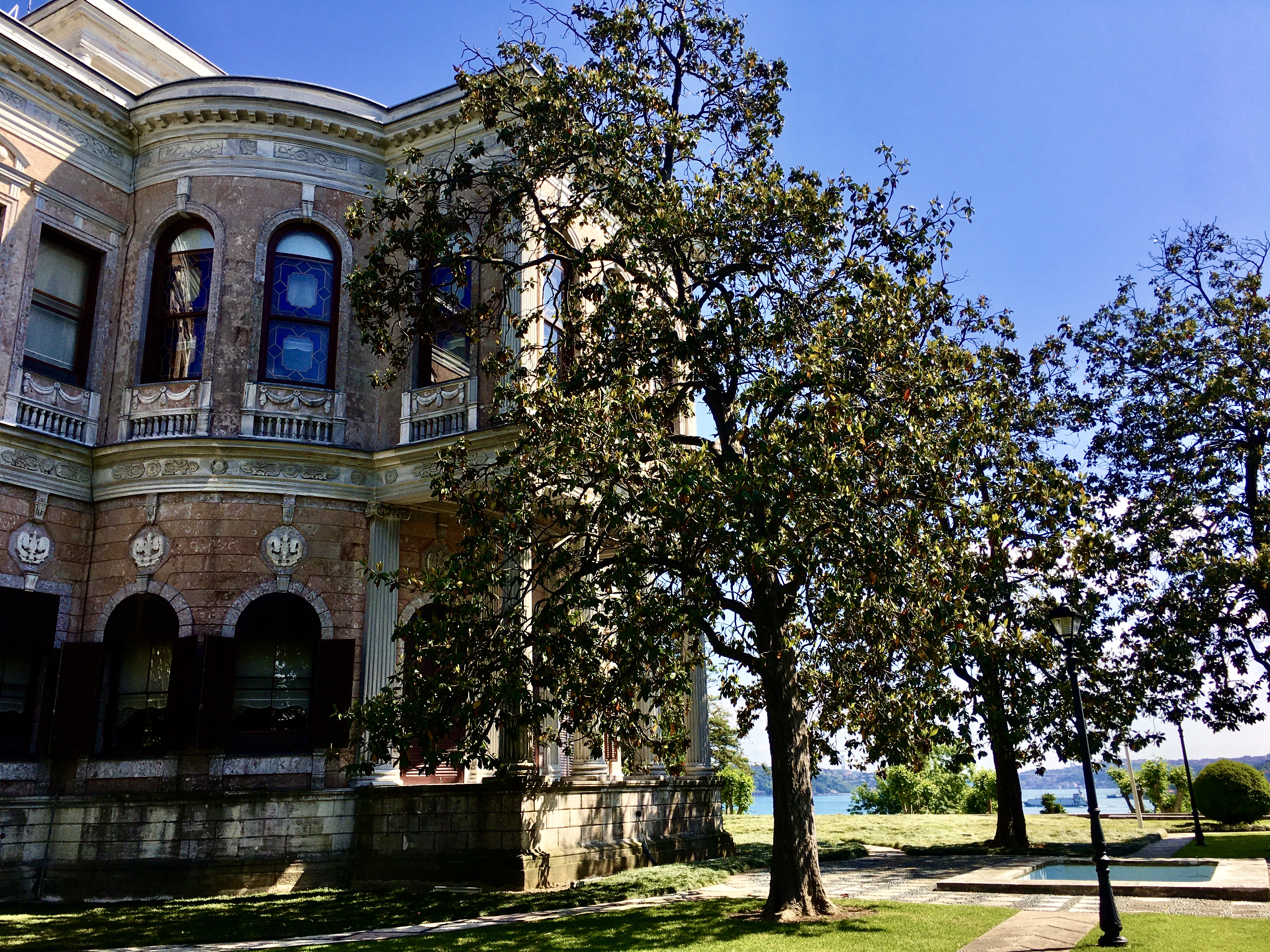
The Mecidiye Pavilion was constructed by the order of the Ottoman Governor of Egypt, Kavalalı Mehmet Ali Pasha, as a present for Sultan Abdülmecid. The construction began in 1845. When the Pasha died, it was completed by his son Said Pasha in 1854 and presented to the Sultan. However, the Sultan was never very much fond of the estate, even though the beautiful building was situated in a park like grove that rises up from the shores of the Bosphorus. The marble building is among magnolia, linden and pine trees that stretch over an area of approximately 70,000 square metres. The pink marbles that were used for the facade were imported from Italy and combined with domestic white marble. Some of the marble used inside was brought from Egypt. The pavilion was luxuriously decorated with gilded furniture, upholsteries, curtains and crystal chandeliers. The floors were of the finest parquets. Furthermore, it was a Serdab mansion which means that it was specially designed as a cool lodging for long and hot summer days. In other words, it was worthy of a Sultan both in style and in location. So, why was the Sultan indifferent to this impressive edifice? In fact, he only used the Mecidiye Pavilion as a resting place during short excursions on horse in the vicinity.
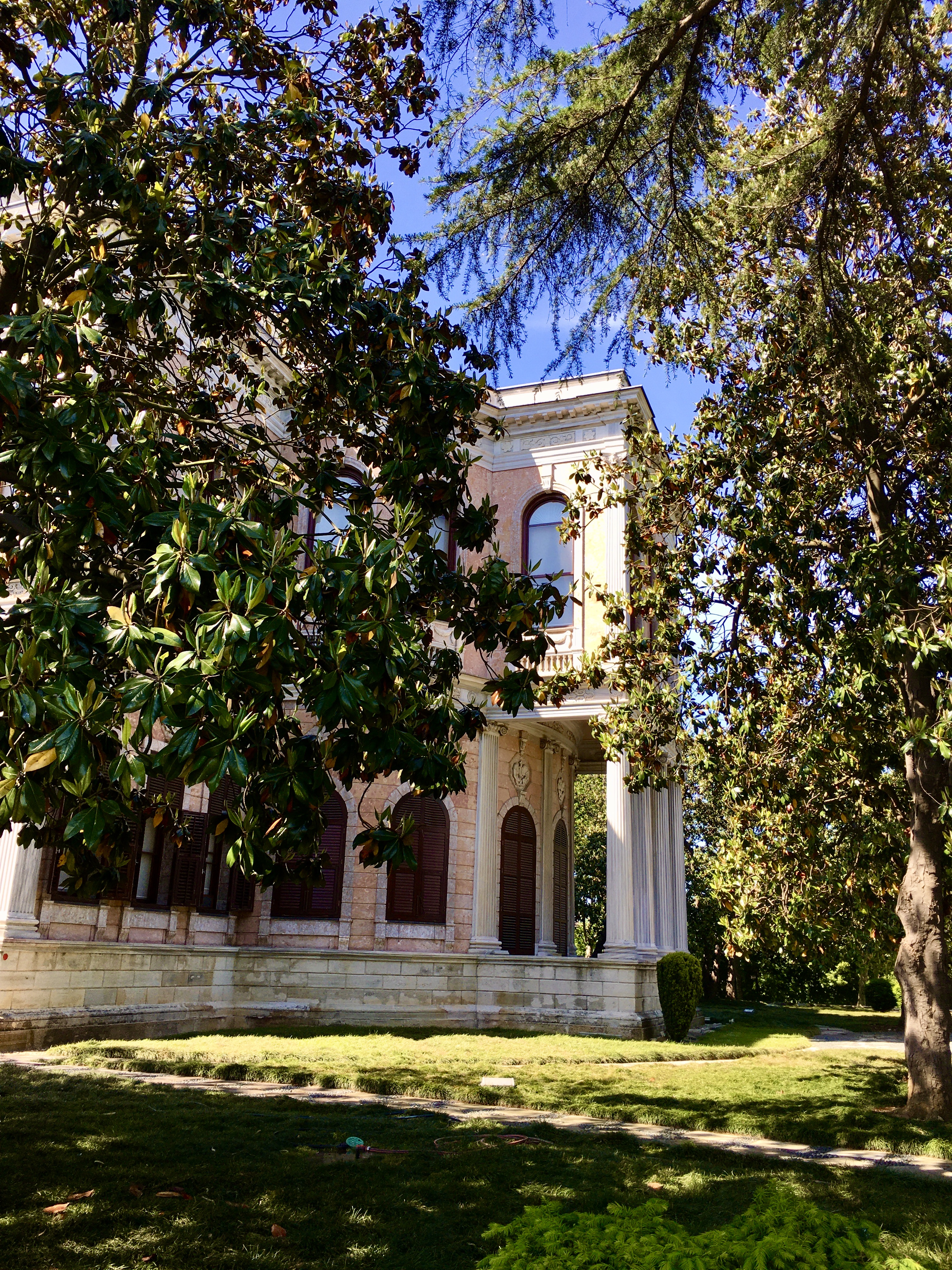
The underlying reason for this reluctance on the part of the Sultan to fully use the pavilion was related to a deep crises and long years of war between Kavalalı Mehmet Ali Pasha and the Ottoman state. These events were historically named as “the Egypt issue” or “the Egypt problem”. The pavilion that was not lacking in beauty reminded the Sultan of those tumultous times.
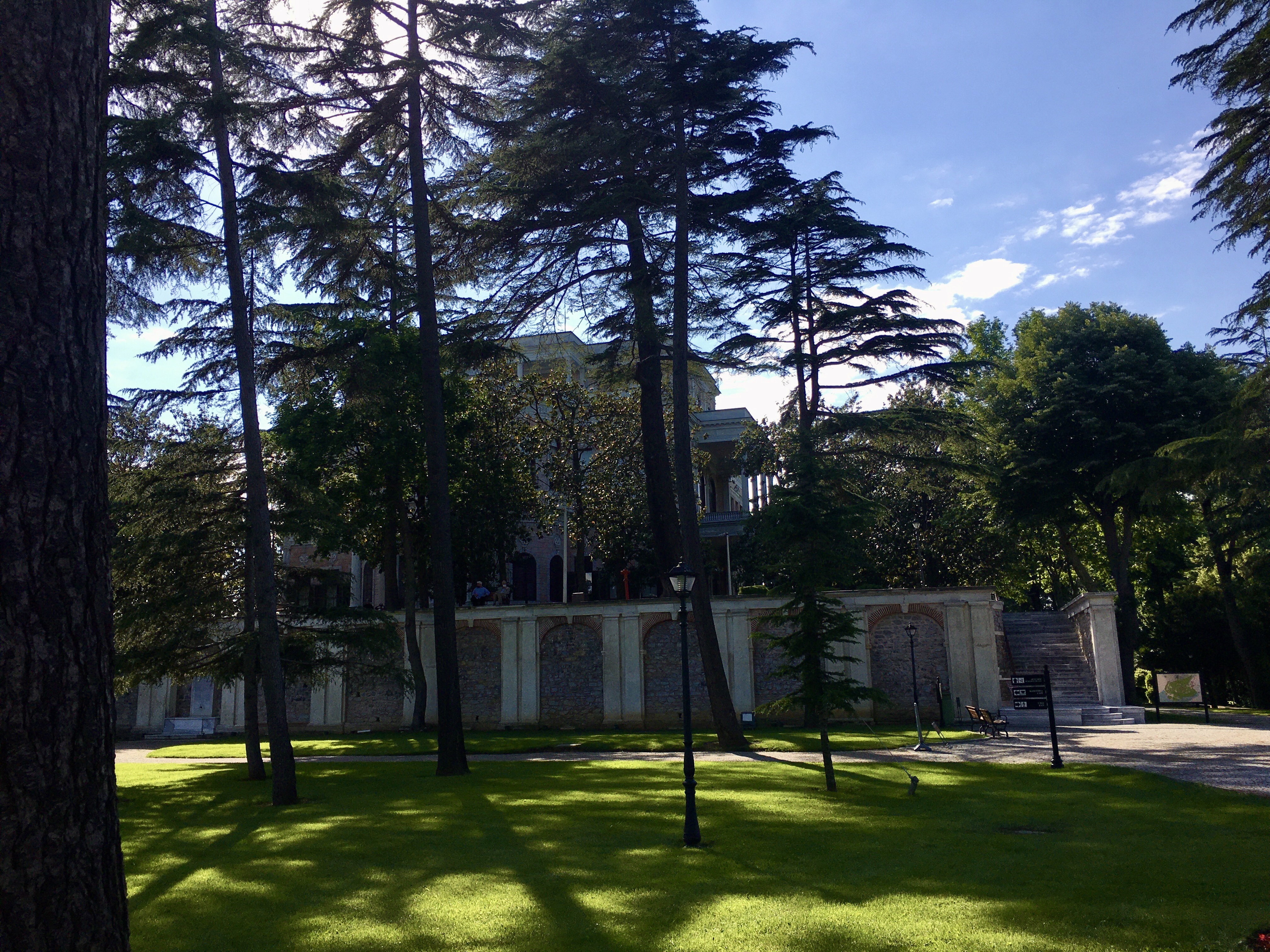
The Pasha, who was initially a governor of the Ottomans, had founded the Khedivate of Egypt in 1805. This was a state which was independent in internal affairs while externally being a subject of the Ottomans. He had been promised the rule of Crete and the Peloponnesian peninsula in return for his aid to suppress the Greek War of Independence. The promise became void when the Ottomans lost the territory to the Greeks. Relations became tense and led to a serious uprising when the disappointed Pasha claimed Syria from the empire. A series of fierce battles were fought while, taking sides, Britain, France and Russia were also involved in the situation. The problem wasn’t settled until the London Convention in 1840.
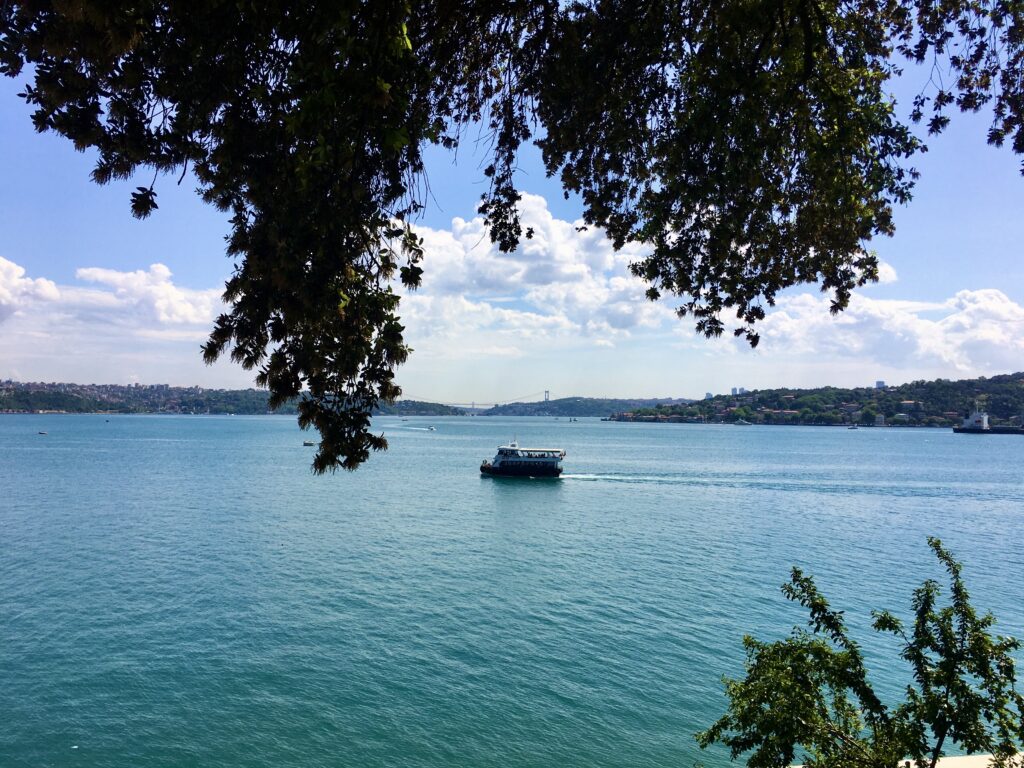
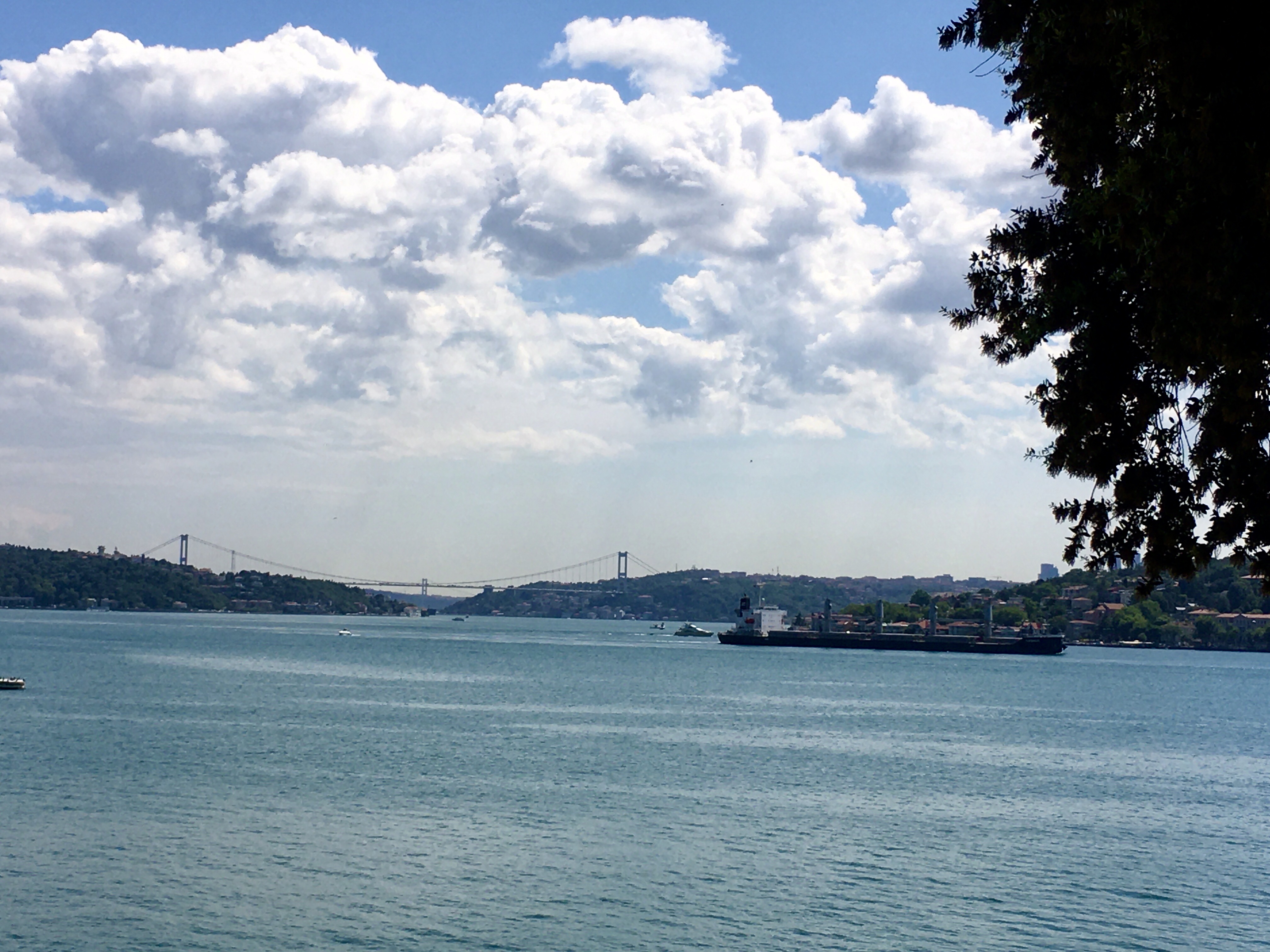
With the above-mentioned events fresh in his memory, Sultan Abdülmecid preferred to put the pavilion in other forms of use. It became a guest house for state visitors. During the Crimean War (1853-1856), high level Ottoman officers were hosted here as well as distinguished foreign guests. Prince Jerome Napoleon (nephew of Napoleon I) was one of them. The prince, who also fought in the Crimean War, came to Istanbul in 1854. He came to Istanbul one more time in later years and stayed at the Mecidiye Pavilion.
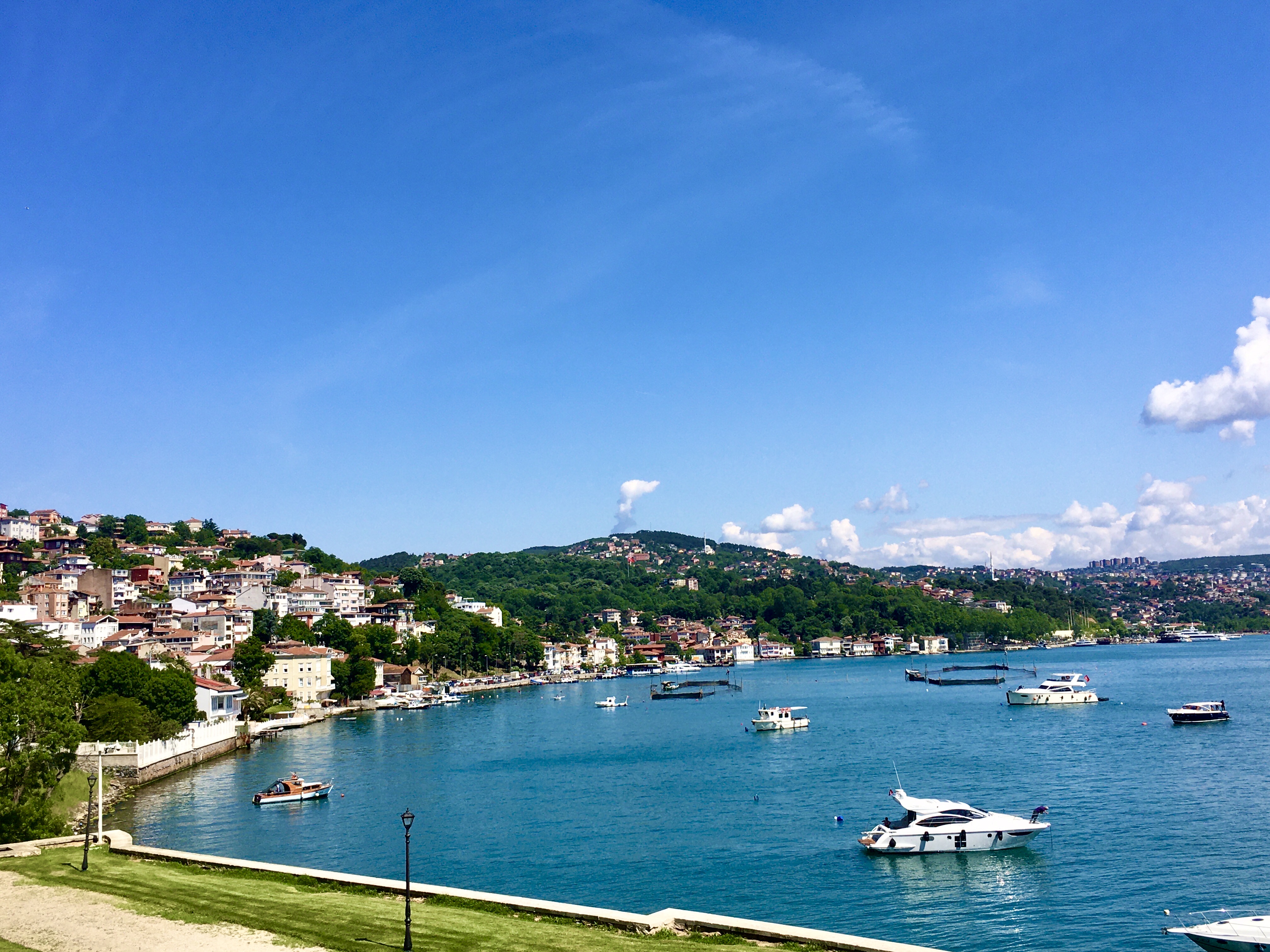
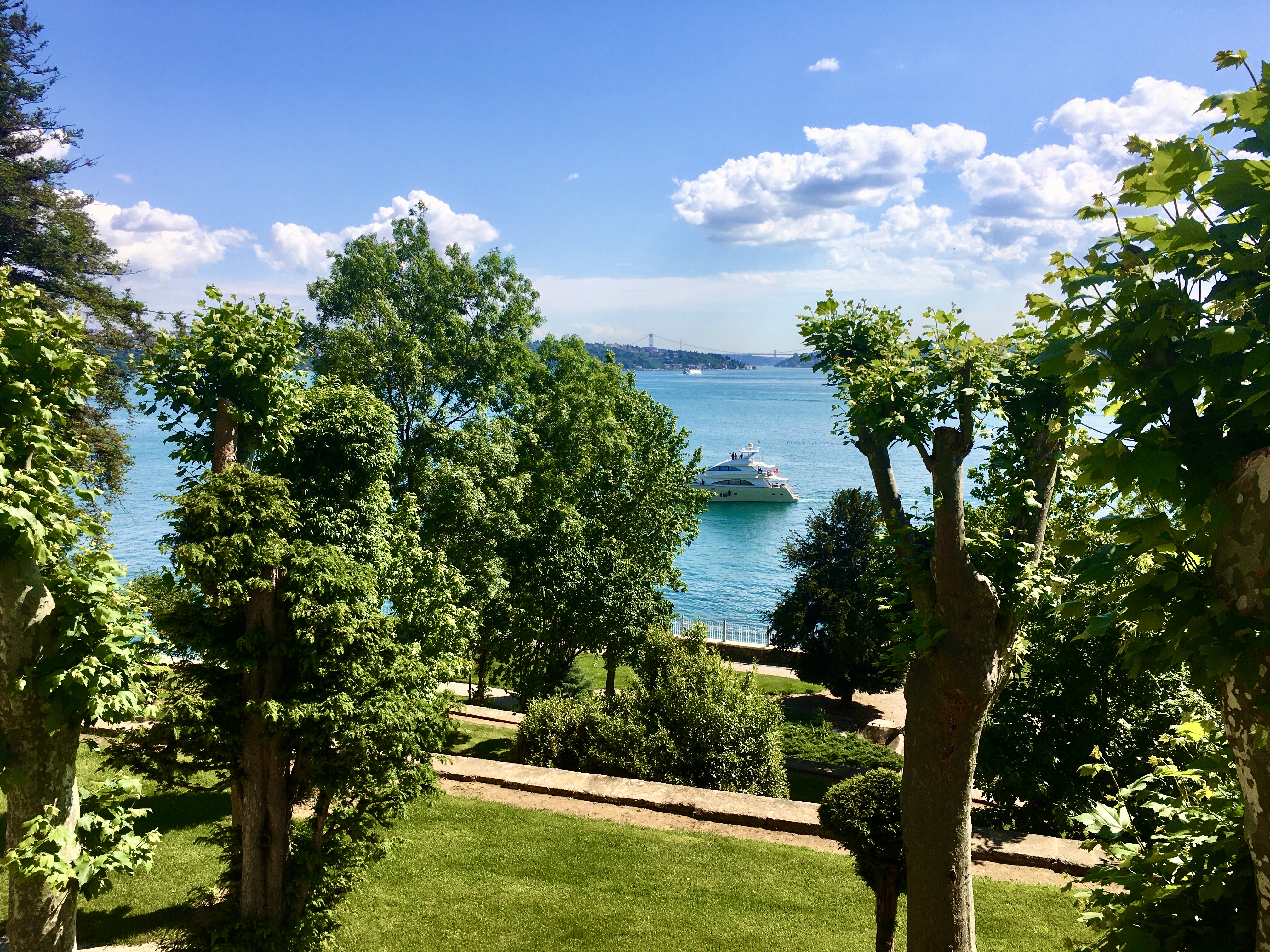
Unlike his predecessor, Sultan Abdülaziz was very fond of the Mecidiye Pavilion. He used to come here and stay in retreat during the summer months. He enjoyed the view of the Bosphorus from this location and, as stated above, organised sports activities on the Beykoz meadow which was a popular recreational area in those times. The abode was also a guest house for important state guests.
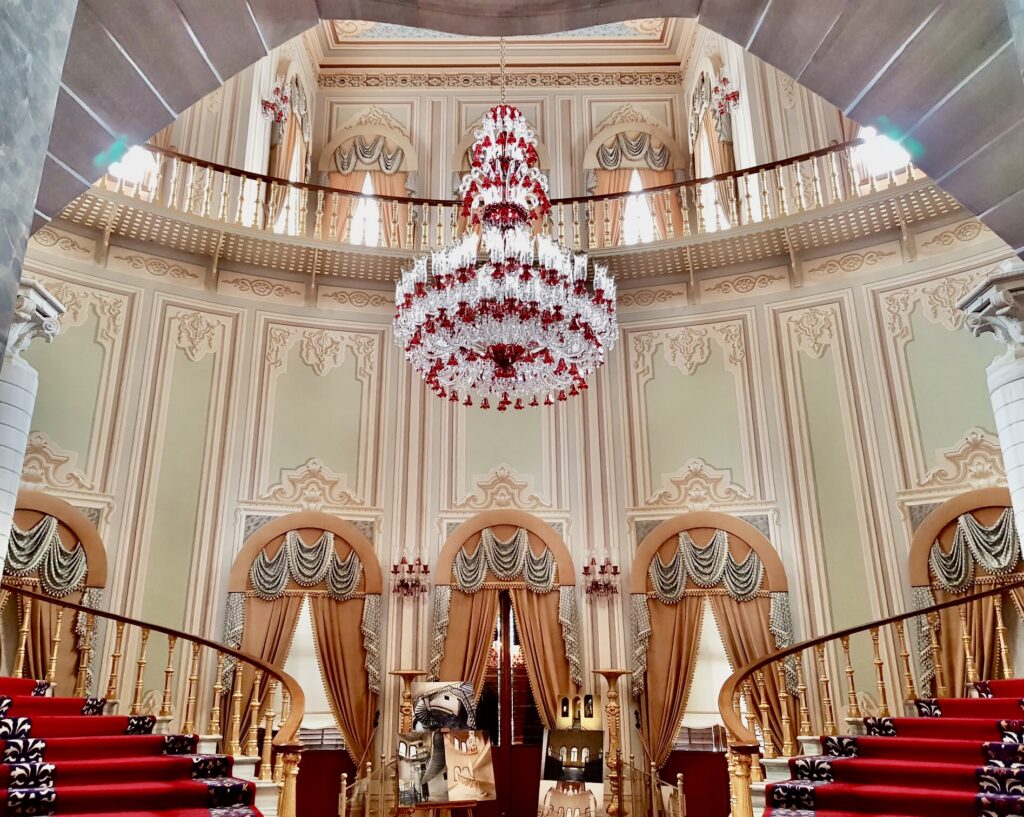
Photo by Nilgün Tunalı Köksal
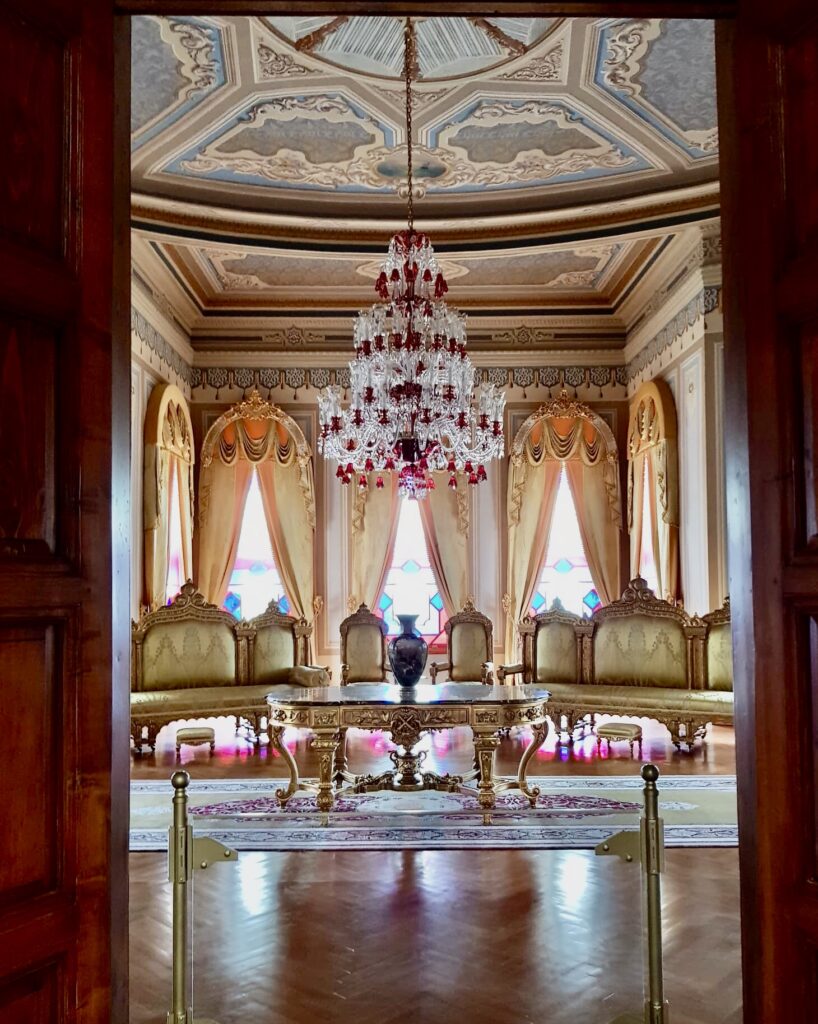
Photo by Nilgün Tunalı Köksal
After the turn of the century, the pavilion was put to public service. Initially used as an orphanage (Dârüleytâm), during the 1920s it was reserved for trachoma patients. In 1953, it was turned into a preventorium. Ten years later the pavilion was transformed into a children’s hospital for chest diseases. In 1997, it was decided to revive the building to its prior state. The restoration took several years (2010-2016) after which the pavilion opened its doors as a museum. Together with the Beykoz Glass and Crystal Museum, the Mecidiye Pavilion is a pleasant stop during an excursion to the Beykoz district of Istanbul.
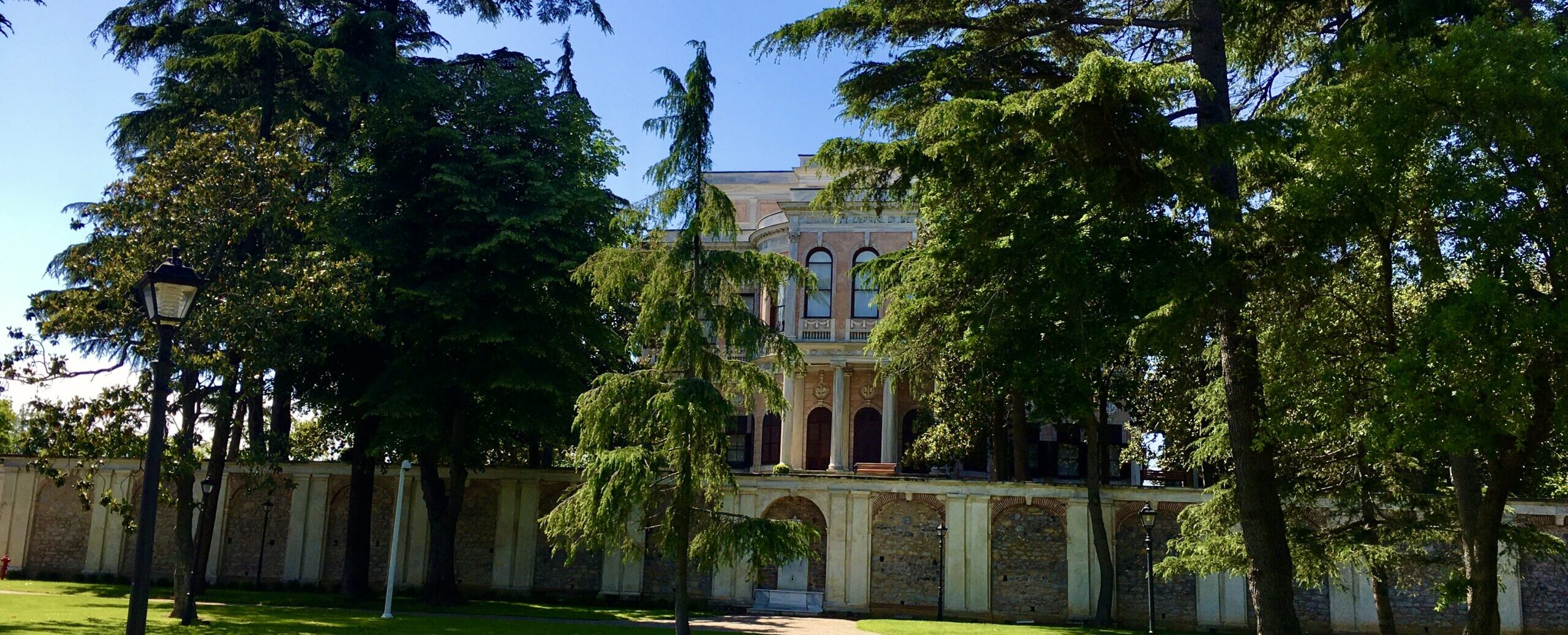
[…] come this far from the city centre, you can continue your excursion with the Beykoz Mecidiye Pavilion, an impressive nineteenth century structure in the vicinity which will be the subject of my […]